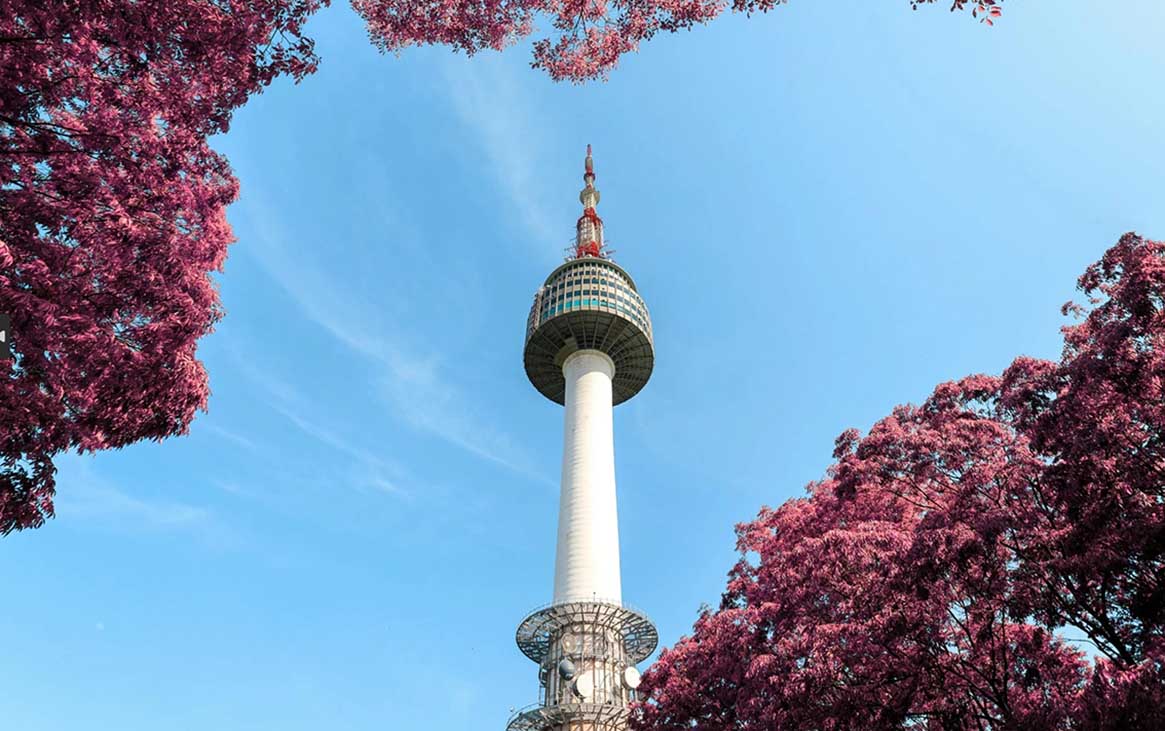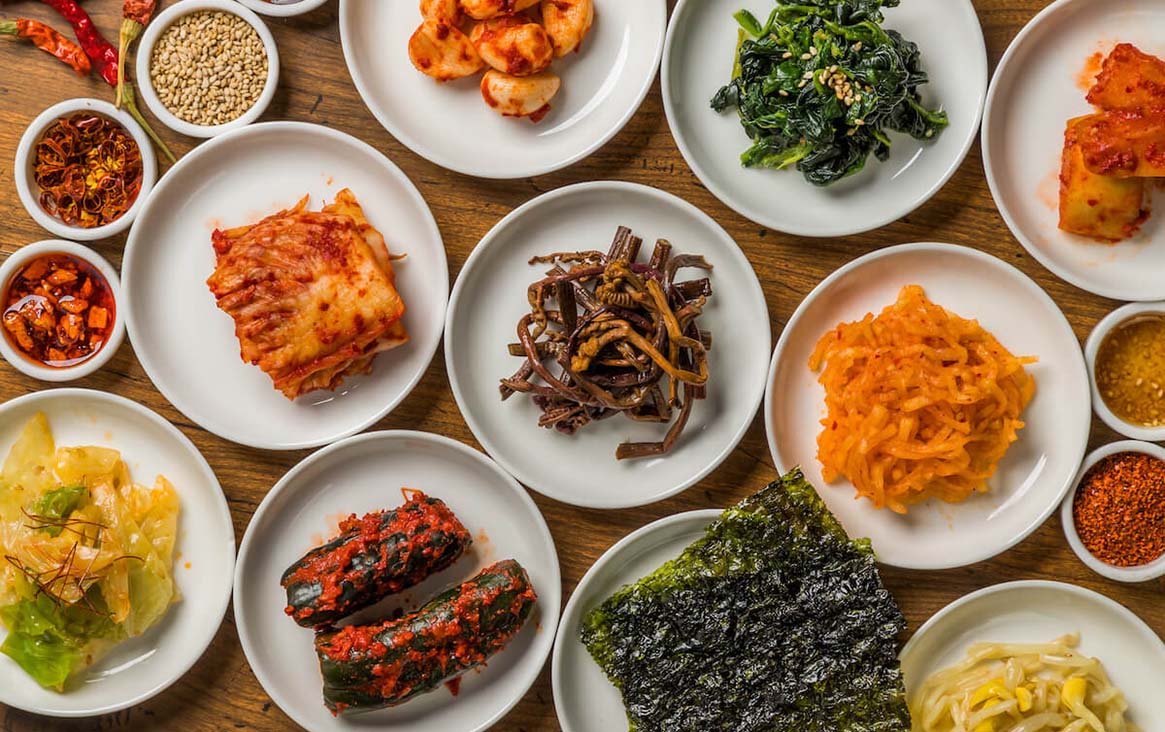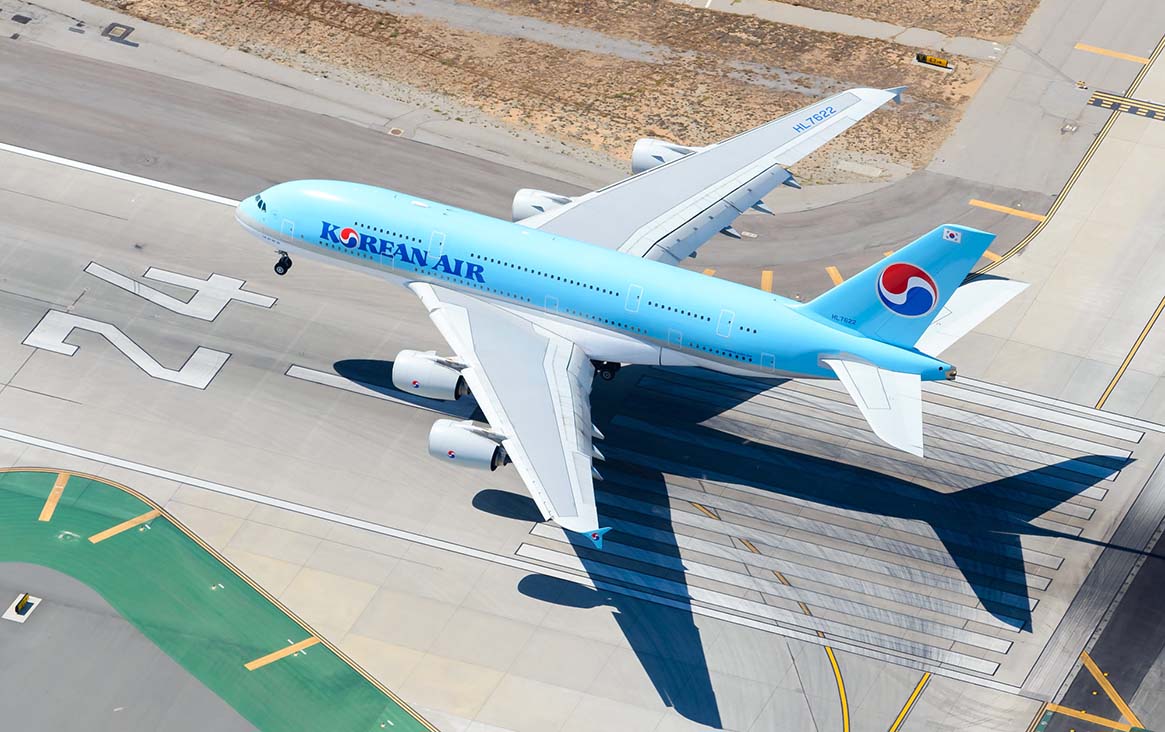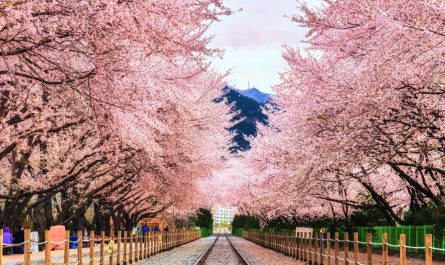Seoul, the vibrant capital of South Korea, is a dynamic metropolis where history and modernity coexist in perfect harmony. This bustling city offers an exciting mix of ancient culture and cutting-edge technology. From grand palaces and centuries-old temples to towering skyscrapers, neon-lit streets, and high-tech shopping malls, Seoul provides an unparalleled experience for travelers. The rich heritage of the city can be explored through its historic landmarks such as the majestic Gyeongbokgung Palace and the peaceful Bukchon Hanok Village, while its modern side dazzles visitors with futuristic buildings and tech-savvy attractions like COEX Mall and the Dongdaemun Design Plaza.
Seoul is also a paradise for food lovers, offering a delightful array of traditional Korean dishes as well as international cuisine. Whether you’re wandering through vibrant markets like Gwangjang or exploring trendy neighborhoods like Gangnam and Myeongdong, there’s always something to discover. Whether you’re a history buff, a fashion enthusiast, a foodie, or someone looking for the perfect blend of tradition and innovation, Seoul promises an unforgettable journey full of contrasts and surprises.
1. Exploring the Historic Palaces
One of the main draws of Seoul is its impressive collection of historic palaces, each serving as a testament to Korea’s royal past and cultural significance. These majestic structures, some dating back centuries, provide visitors with an opportunity to step back in time and experience the grandeur of the Joseon Dynasty. From the expansive courtyards and ornate gates to the intricate carvings and traditional architecture, the palaces highlight the country’s rich heritage. Whether it’s Gyeongbokgung Palace with its regal beauty, or Changdeokgung Palace with its peaceful Secret Garden, these landmarks showcase Korea’s royal history and architectural mastery, offering a fascinating journey through time.
Gyeongbokgung Palace
Gyeongbokgung is undoubtedly the most famous and largest palace in Seoul. Built in 1395 during the Joseon Dynasty, the palace was once the main royal residence. The grand architectural style of the palace is awe-inspiring, with its beautifully detailed roofs, ornate gates, and expansive courtyards. Visitors can explore the palace grounds, stroll through the serene gardens, and admire the intricate carvings that decorate the buildings.
One of the highlights of visiting Gyeongbokgung is the changing of the guard ceremony, held twice daily. This colorful and traditional ceremony is a must-see, offering visitors a chance to witness a piece of Korean history in action. Don’t forget to visit the National Palace Museum of Korea, located nearby, to learn more about the history of the Joseon Dynasty and the royal family.
Changdeokgung Palace and Secret Garden
Changdeokgung is another stunning palace that has been designated as a UNESCO World Heritage Site. It is often considered the most beautiful palace in Seoul due to its harmonious integration with nature. The Secret Garden (or Biwon) within the palace is a peaceful retreat featuring ponds, trees, and traditional Korean architecture.
Changdeokgung is particularly unique in that it is built with the natural terrain in mind, with buildings nestled into the hills and surrounded by lush greenery. A guided tour of the Secret Garden is highly recommended to fully appreciate the history and serenity of this peaceful oasis.
Deoksugung Palace
Deoksugung Palace, located near the city center, is famous for its blend of traditional Korean and Western-style architecture. The palace features a unique combination of traditional hanok buildings and Western-style structures built during the late 19th and early 20th centuries. The palace is also home to the National Museum of Modern and Contemporary Art, making it a perfect stop for art lovers.

2. Vibrant Neighborhoods of Seoul
While the palaces provide a historical backdrop, Seoul’s modern neighborhoods infuse the city with energy and vibrancy. The seamless fusion of traditional and contemporary architecture creates a visually stunning contrast, with sleek skyscrapers standing alongside traditional hanok houses. Bustling shopping streets like Myeongdong and trendy districts like Gangnam offer endless opportunities for fashion, food, and entertainment. The lively nightlife, quirky cafes, and innovative art galleries add to the city’s dynamic atmosphere, making Seoul an exciting destination that blends the old with the new in a way that constantly surprises and delights visitors.
Insadong: A Cultural Haven
Insadong is a traditional neighborhood known for its vibrant arts and crafts scene. The streets are lined with galleries, tea houses, antique shops, and craft stores, offering visitors a chance to immerse themselves in Korean culture. This area is especially popular with tourists looking for unique souvenirs, such as traditional calligraphy brushes, handmade ceramics, and intricate woodcraft.
The best way to explore Insadong is by wandering through its narrow alleyways, where you’ll discover hidden gems and charming tea houses. Be sure to stop by the Ssamziegil complex, a multi-level shopping center that offers a wide range of traditional and modern Korean goods. Don’t forget to sample some traditional Korean tea and snacks at one of the many cozy tea houses that line the streets.
Myeongdong: A Shopper’s Paradise
Myeongdong is one of Seoul’s most famous shopping districts, attracting both locals and tourists alike. The area is packed with fashion boutiques, department stores, and beauty shops, making it a paradise for shoppers looking for the latest trends in Korean fashion and beauty products. The streets are lined with vibrant neon signs, adding to the energetic atmosphere of the area.
Beyond shopping, Myeongdong is also known for its street food scene. You’ll find vendors selling a variety of delicious snacks such as tteokbokki (spicy rice cakes), hotteok (sweet pancakes), and bingsu (shaved ice with sweet toppings). The bustling streets of Myeongdong offer a perfect blend of modern consumerism and traditional Korean street food.
Gangnam: The Heart of Modern Seoul
Gangnam is perhaps the most internationally recognized district of Seoul, thanks to the global hit song “Gangnam Style.” Known for its upscale shopping, luxury hotels, and trendy restaurants, Gangnam is a symbol of the modern, high-tech side of Seoul. The district is home to some of the city’s most impressive skyscrapers and is a hub for fashion, technology, and entertainment.
In addition to its glamorous shopping malls, Gangnam offers a wide range of entertainment options, including chic cafes, trendy bars, and high-end dining establishments. The area is also home to COEX Mall, one of the largest underground shopping centers in Asia, which features everything from designer stores to a large bookstore and an aquarium.
3. Seoul’s Food Scene: A Feast for the Senses
No visit to Seoul would be complete without exploring its rich and diverse food scene. Korean cuisine is known for its bold flavors, fresh ingredients, and unique combinations of sweet, sour, salty, and spicy elements.
Gwangjang Market: Traditional Street Food
For a truly authentic experience, head to Gwangjang Market, one of Seoul’s oldest and largest traditional markets. Here, you can sample a wide variety of traditional Korean dishes, from savory pancakes (jeon) to dumplings (mandu) and bindaetteok (mung bean pancakes). The market is also famous for its mayak gimbap, a type of mini rice roll that is so addictive, it’s called “drug gimbap.”
Gwangjang Market is the perfect place to dive into the flavors of Korea and experience the hustle and bustle of a traditional Korean marketplace.
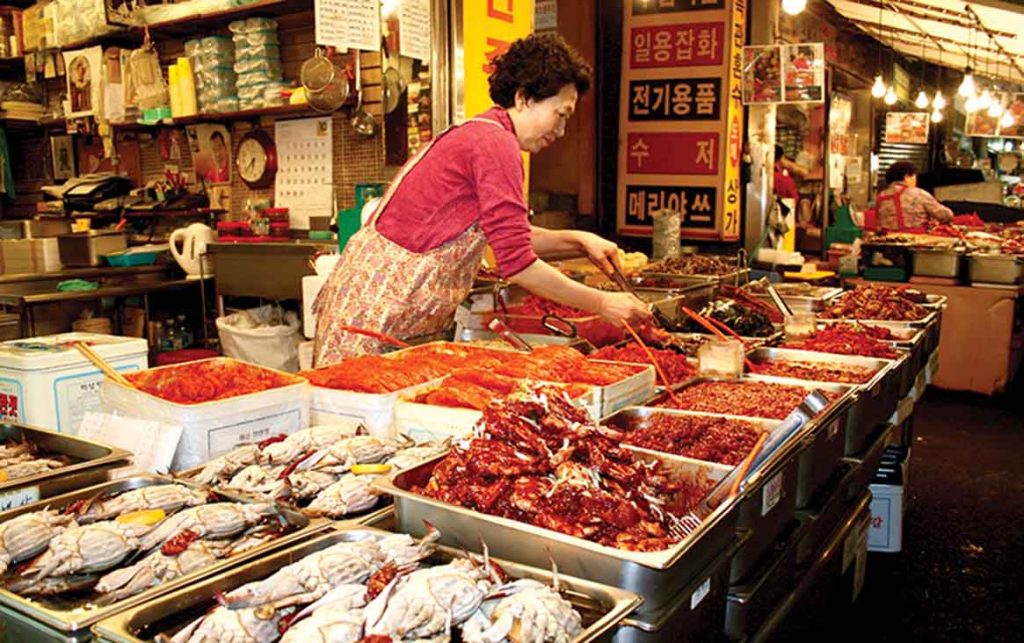
Bukchon Hanok Village: A Foodie’s Delight
While exploring Bukchon Hanok Village, a traditional Korean village nestled between Gyeongbokgung and Changdeokgung, take the time to enjoy some delicious traditional Korean food. The village has a number of quaint cafes and restaurants that serve classic Korean dishes such as bibimbap (rice mixed with vegetables and meat) and bulgogi (marinated beef). The peaceful atmosphere of the village combined with a hearty meal makes for an unforgettable experience.
4. Technology and Modern Attractions
Seoul is a city that embraces innovation and modern technology, and visitors will find plenty of futuristic attractions that showcase the city’s cutting-edge developments.
Dongdaemun Design Plaza (DDP)
The Dongdaemun Design Plaza is an iconic landmark in Seoul, known for its futuristic architecture. Designed by world-renowned architect Zaha Hadid, the DDP is a hub for design, fashion, and technology. The complex houses exhibition spaces, conference halls, and a design museum, making it a must-visit for anyone interested in art and innovation.
At night, the DDP lights up with vibrant displays, and visitors can enjoy the beautiful contrast of modern architecture against the backdrop of the city skyline.
Namsan Seoul Tower: A Panoramic View of the City
For breathtaking views of Seoul, take a trip to Namsan Seoul Tower, located on Namsan Mountain. The tower stands at 236 meters tall and offers a panoramic view of the city, making it one of the best spots to take in the beauty of Seoul’s skyline. Visitors can take a cable car or hike up to the tower, where they can enjoy not only the view but also the observatory and various cafes and restaurants.
5. A Perfect Blend of Old and New
Seoul is a city that seamlessly blends its rich history with modern innovation, offering travelers a unique experience unlike anywhere else in the world. From the ancient palaces and traditional markets to the futuristic architecture and high-tech shopping malls, Seoul’s charm lies in its ability to offer something for every kind of traveler. Whether you’re interested in culture, shopping, food, or technology, Seoul is a city that promises to leave you with unforgettable memories. So pack your bags and get ready to explore the perfect fusion of old and new in South Korea’s capital!
